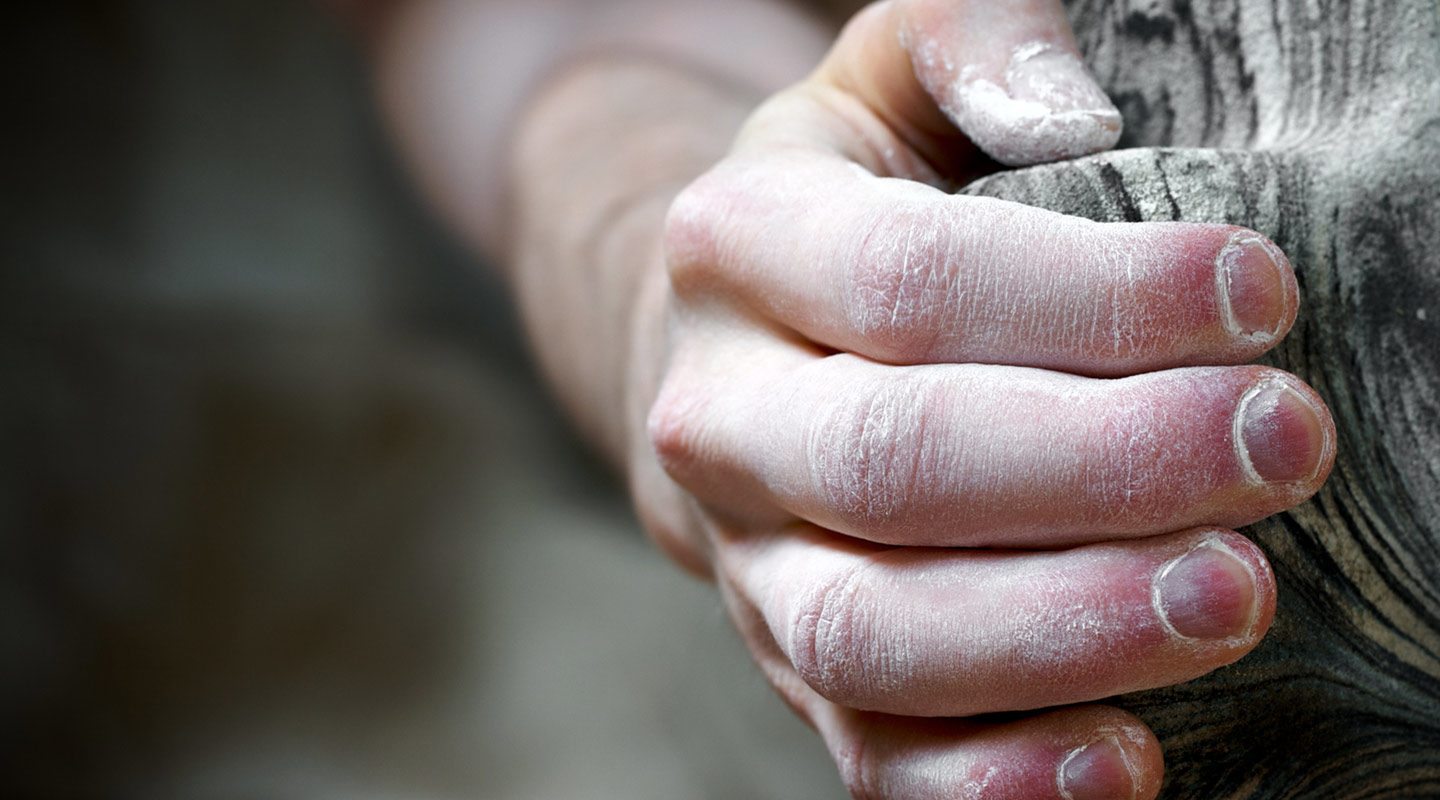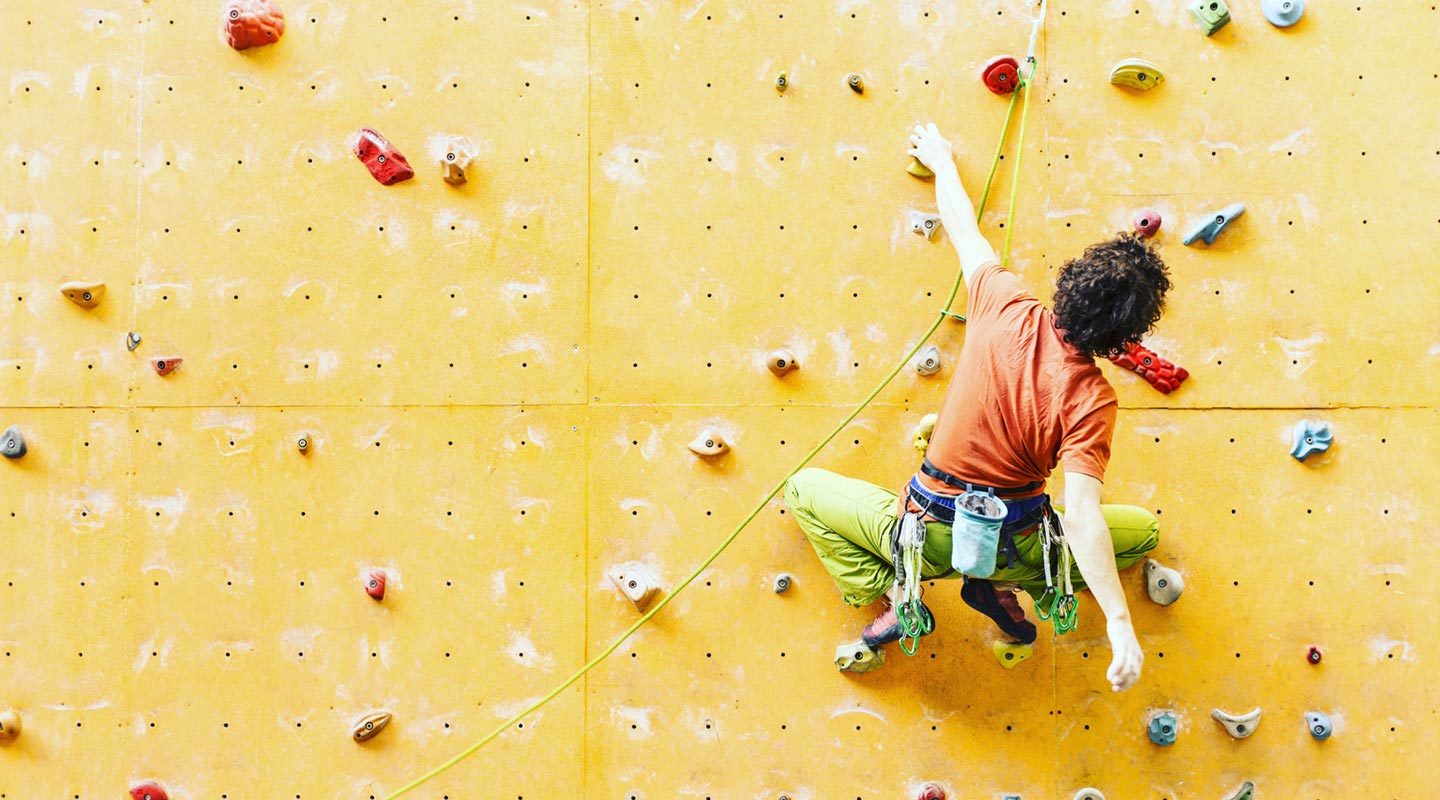Highly skilled sportsmen and women are often credited with making the difficult and demanding look easy…
…and the same goes for climbing.
That mastery doesn’t happen overnight though. Even the best climbed ugly at one time or another, before picking up good techniques over time and shedding the bad ones.
Let’s take a look at some of the biggest what and what not to dos of rock climbing…
THE GOOD
When climbing and bouldering, some shimmy and some stutter.
The best climbers have smooth, almost melodic, techniques. What can be best described as the coming together of everything they’ve learned over the years, into a perfectly formed show of strength, skill and finesse.
SMOOTH OPERATOR
Your technique should be easy on the eye, incorporating rhythm, balance and momentum. This is the something that all beginners should bear in mind and continue to develop as confidence grows.
Build a mental rhythm or sequence on each new route, that allows your legs to orchestrate your movement. This gives your climbing structure and helps to drive momentum as you ascend.
Balance obviously lends itself to this as well. Focus on how you shift your weight and move between holds, keeping it smooth and in-time with your natural rhythm.
GOOD GRIPPIN’
Getting a feel for the minimum effort you need to put into your grip, will save energy and reduce the tension.
It’s important to stay relaxed when you’re in the thick of it. Keeping your back and shoulders loose will help to set the tone. If you’re over-gripping, you’ll quickly begin to run out of gas in your forearm muscles—famously known as the muscle group that depletes the quickest when climbing.
The best climbers continuously monitor their grip, taking moments to slow down and check they’re not exerting too much pressure on the holds.
Even beginners will have a basic foundation of strength, use what you’ve got to your advantage, but don’t over do it.

FALLING WITH STYLE
Being scared of falling is natural. It’s a fear that most carry with them. But if you want to get serious about climbing, falling is something you need to confront.
The risk of falling is part of the rush that comes with climbing. And yet people are often held back by the mere thought of it. Learning to fall properly (taking practice falls) will help to desensitise you to crippling fears and unlock progression.
Make sure someone is present when executing trial falls, an instructor or more experienced climbing partner, and make them aware of what you’re doing.
Before falling, check what’s below you and that your rope isn’t tangled in anything.
As you let go, kick out from the wall and remain stable by keeping your feet down, use them to take the impact as you swing towards the wall.
THE BAD
For every good habit and technique, there’s a counterproductive opposite…
TOEING ANYTHING AND EVERYTHING
Ah, the toe. Great for small and fleeting footholds, but unsuitable for many common climbing positions. Developing a diverse footwork skillset is the foundation for rapid progress, it’s also something many seem to neglect.
If you’re toeing everything, you need to think again.
From ‘pointing’ to ‘wedging’, there are a number of tried and tested ways to support yourself using your feet, these include the use of the edges of your feet, and the heel.
Swot up on the basics of efficient climbing footwork and make sure you’re decisive in your decisions when moving your feet. Some techniques might be new to you, but hesitancy or avoidable movement isn’t only going to slow you down.
SHORTSIGHTED CLIMBING
Developing natural foresight and complete awareness of your surroundings will transform the way you climb. It’s easy to get caught up in the moment when you’re hanging onto the side of a rock face, tens of feet in the air—it’s understandable too.
But if your approach is one move to the next, you’ll find yourself having to take the long way round, making awkward foot switches, or double-backing on yourself.
As well as taking the time to pre-plan your route before you’ve even left the ground, you should also always be locating holds and planning the next two or three steps you’re going to take. Without this pre-emptive approach, you’ll find yourself taking the easiest route, which isn’t necessarily the best route.

LIMITING YOUR OPTIONS
One of the most common mistakes among beginners is not making the most of the holes and holds available. Wrapped up in enthusiasm, it’s easy to get carried away and take large steps. This severely limits your options and can put you at risk if you’re not careful.
Not only is this approach to climbing ungainly, it also asks much more of your body. Experienced climbers will analyse and exploit everything that’s within range, taking much smaller steps when it’s the better option.
You can combat this bad habit and begin to alter your technique on toprope climbs by clipping a quickdraw between your climbing shoes.
THE UGLY
This final section holds a special place for just one climbing no-no…
HAGGARD OR ILL-FITTING SHOES
Still using your beloved climbing shoes of five years because of sentimental value?
Don’t see the point in buying your own when you can just rent them at your local centre?
Worn down climbing shoes can seriously impact on your performance. They simply won’t have the same grip as a newer pair, and you’re going to need that extra grip, as much as the next person, if you want to climb at your best.
Let’s be honest, old shoes are pretty ugly too.
More clown than climber? Ill-fitting shoes will affect your feel as you climb, and reduce that all-important precision you rely on when you find yourself in sticky situations.
Ensuring you get the fit and style just right, when you buy your next pair of shoes, may just be the best decision you’ve ever made.
Want more like this? Read: Where to go rock climbing and bouldering in Europe